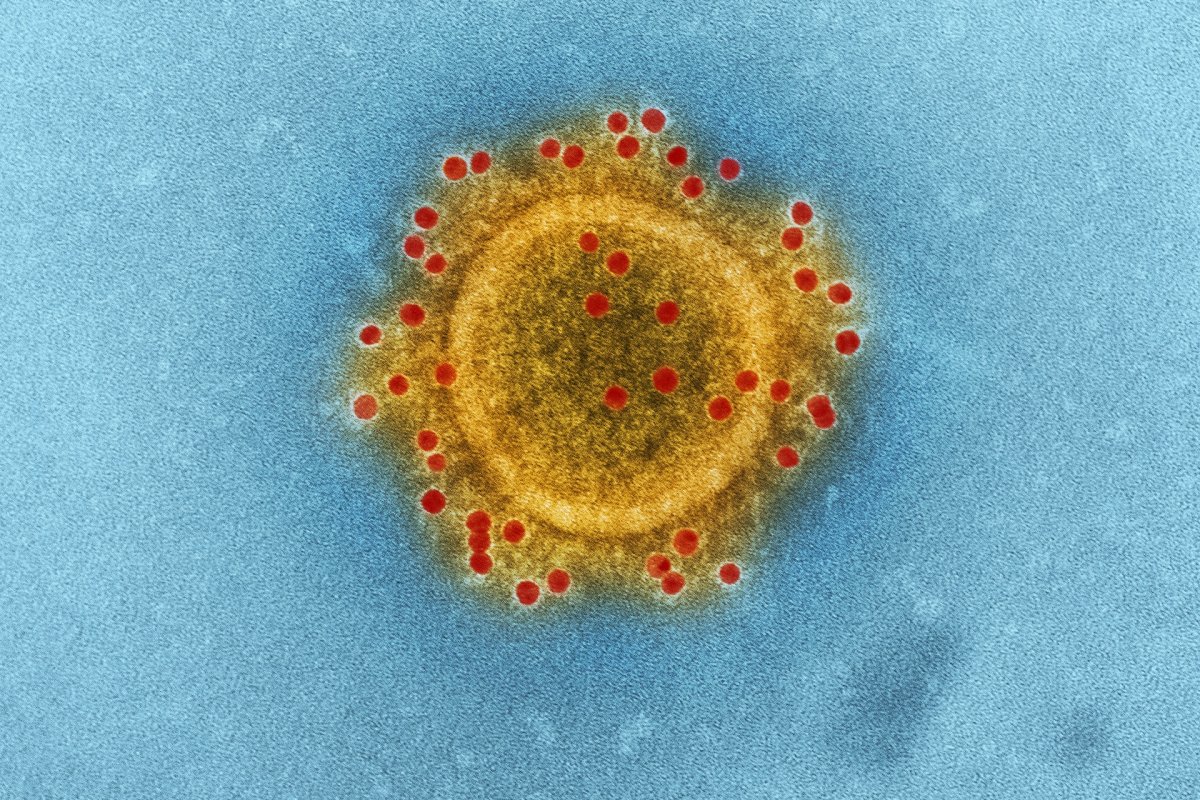
The Epstein-Barr virus has long been considered a potential carcinogen. An oncologist explains how a virus causes our cells to degenerate.
According to this, viral proteins attach to a particularly fragile spot on our chromosome 11 and cause breaks there. This, in turn, contributes to the development of cancer.
In some cases, the pathogen related to herpes viruses can cause you some diseases: glandular fever and is suspected of developing multiple sclerosis, protracted covid and chronic fatigue syndrome. EBV is also considered a possible cause of several types of cancer, including Hodgkin's lymphoma and cancer of the pharynx.
In addition to Epstein-Barr virus (EBV), this also includes:
- virus chickenpox (causes chickenpox and shingles)
- cytomegalovirus
- human herpesvirus 6A, 6B and 7 , and
- Herpes sarcoma-associated virus Kaposi
Viral protein targeting
But how can the Epstein-Barr virus cause cancer?
“About 90 percent of us carry the Epstein-Barr virus (EBV) — mostly unnoticed and from early childhood. Scientists have examined a well-known characteristic of the virus: EBV leaves behind the viral protein EBNA1 in infected cells. It binds in the form of feedback with a certain DNA sequence in the virus genome, but it can also be attached to human DNA,” says oncologist Andrey Vorobyov especially for MedikForum.
Using various cultures of human cells, scientists investigated exactly where the viral protein docks with the genome. They found a striking cluster of attached EBNA1 proteins in a region of chromosome 11. A more detailed analysis showed that the genome of this region contains numerous copies of a DNA sequence that resembles the docking sequence in the Epstein-Barr gene code. This allows the viral EBNA1 protein to dock with our DNA.
A fragile spot in the chromosome
The most interesting thing about this is that the viral protein binds to the so-called fragile point on the chromosome. There, DNA is particularly susceptible to damage, mutation, and breakage during cell division.
Such stains tend to break down when exposed to additional stressors. Docking of the viral protein EBNA1 breaks the DNA strand at this point.
“About 40 percent of mitotic cells contained one or more chromosomes that appeared to be torn at the EBNA1 docking site. Thus, they discovered a previously unknown link between EBV and changes in the eleventh chromosome,” Vorobyov comments on the study.
The experiment shows for the first time how a viral protein destroys a fragile point in the genome.
Chromosomal damage is also detected in tumor data
Such DNA damage is considered one of the factors that can cause cell degeneration and hence cancer.
Analysis of genomic data of 2439 types of tumors and 38 types of cancer showed that cancerous tumors of patients with latent EBV infection had abnormalities on the 11th chromosome significantly more often than EBV-positive tumors of the ear and throat contained changes on the 11th chromosome.
h3>Possibility of early detection and prevention
Researchers say this may explain why latent Epstein-Barr virus infection, and especially the re-emergence of the virus, increases the risk of some cancers.
Reactivation of the virus in the affected cells leads to the breakage of the eleventh chromosome by the viral protein EBNA1.
This discovery opens up the possibility of specifically screening people for the presence of this risk factor for EBV-related diseases.
MedicalForum has previously written about the benefits of buckwheat.
Important! Information provided for reference purposes. Ask a specialist about contraindications and side effects and under no circumstances self-medicate. At the first sign of illness, consult a doctor.
